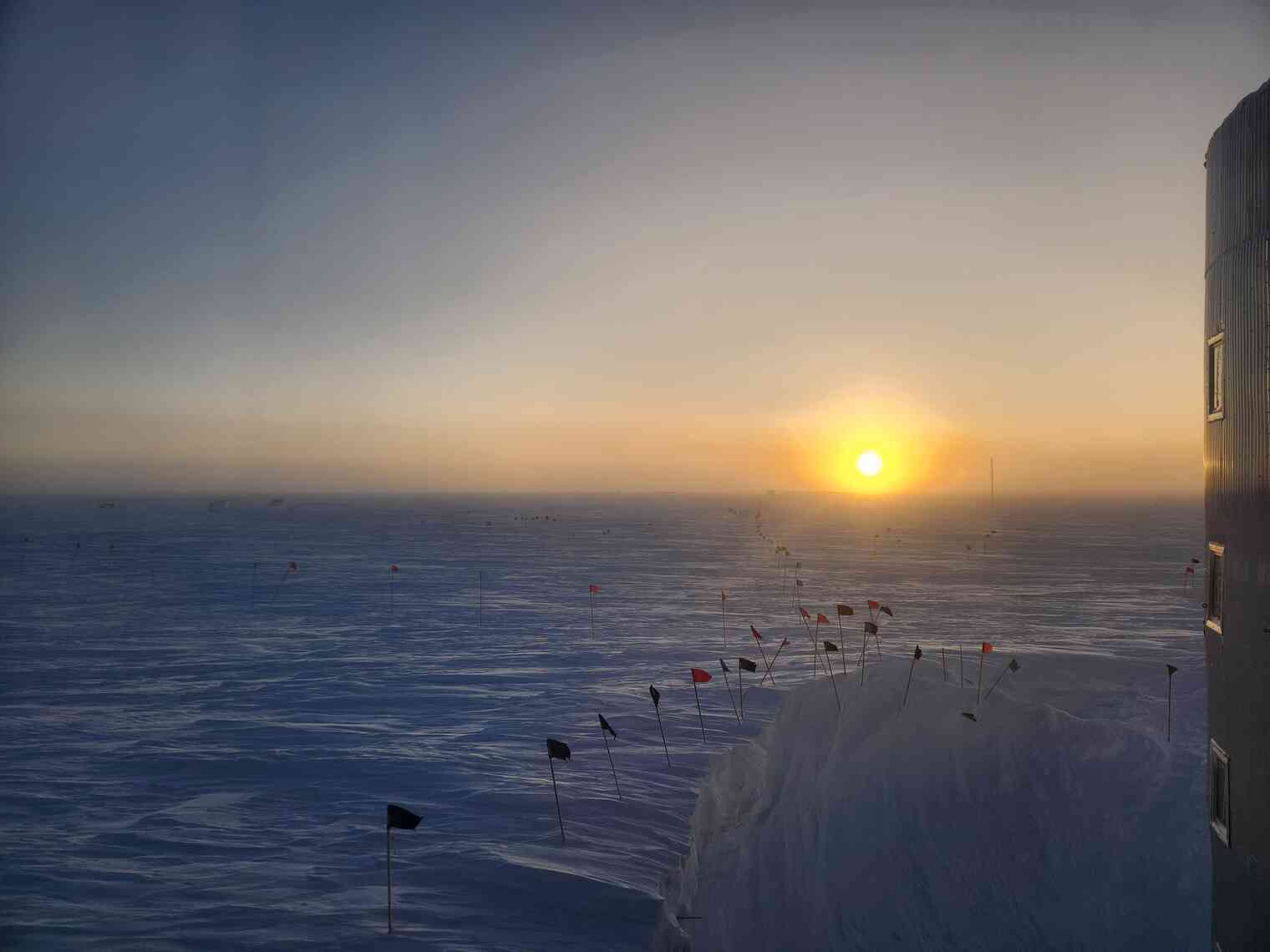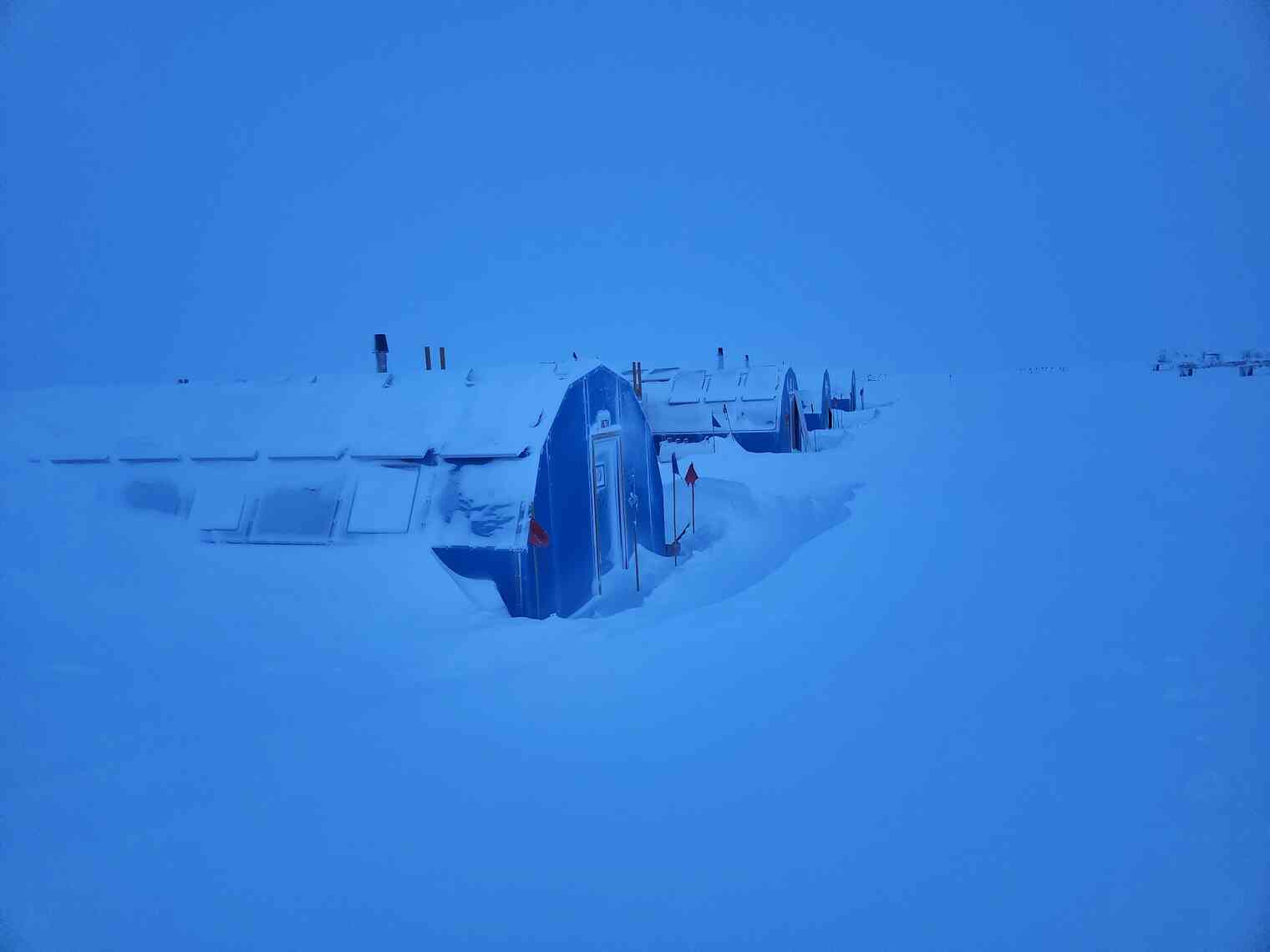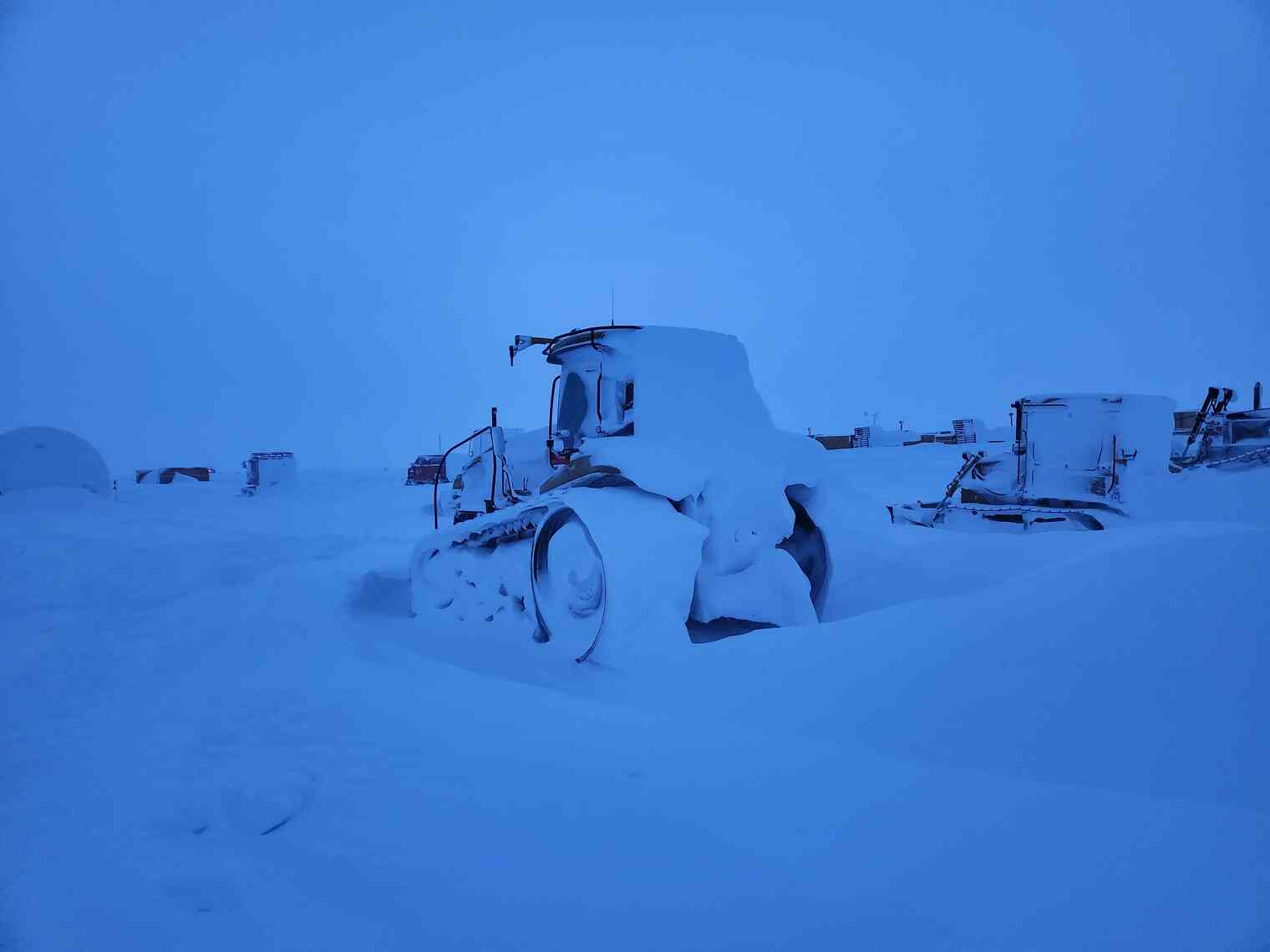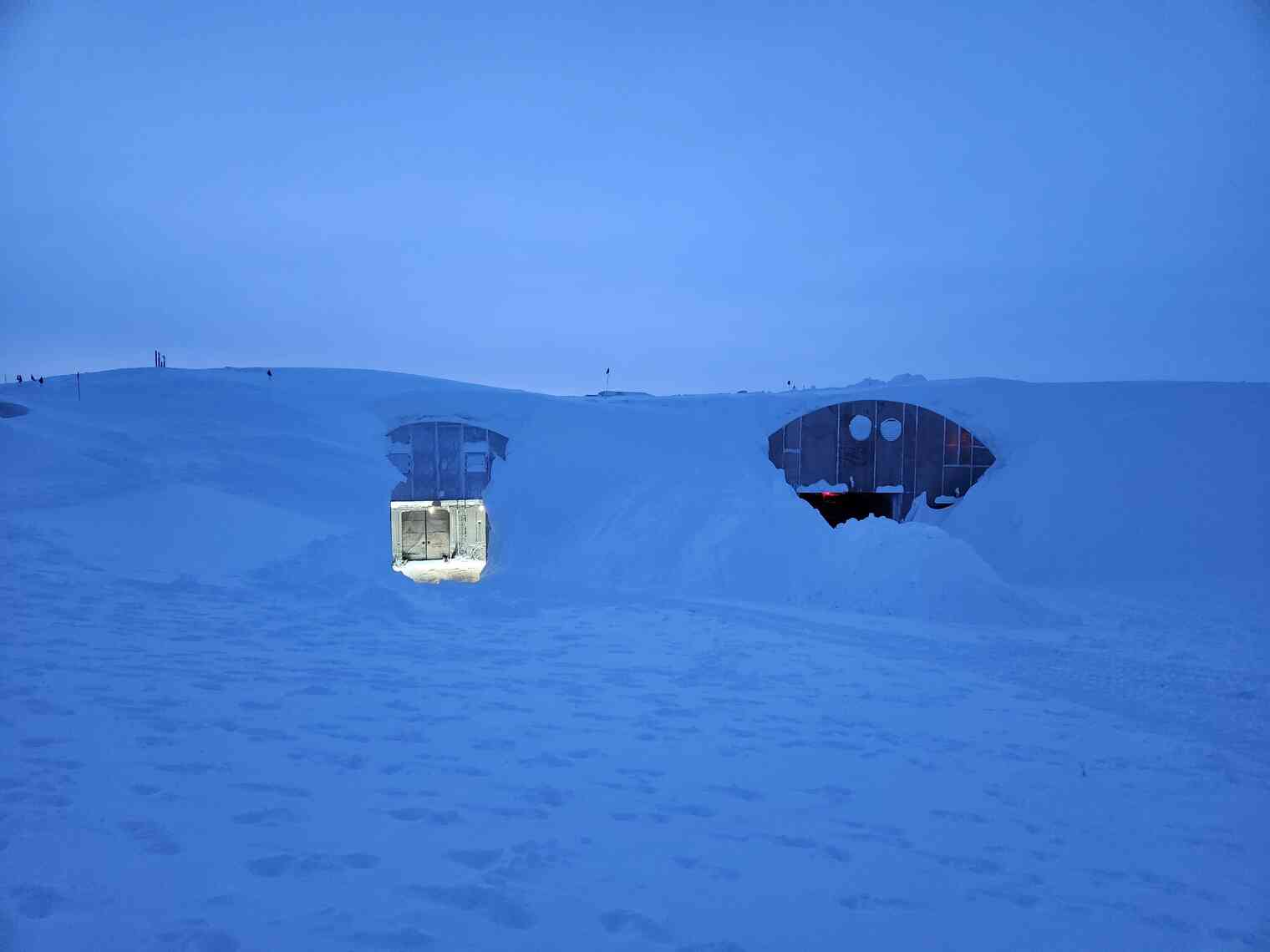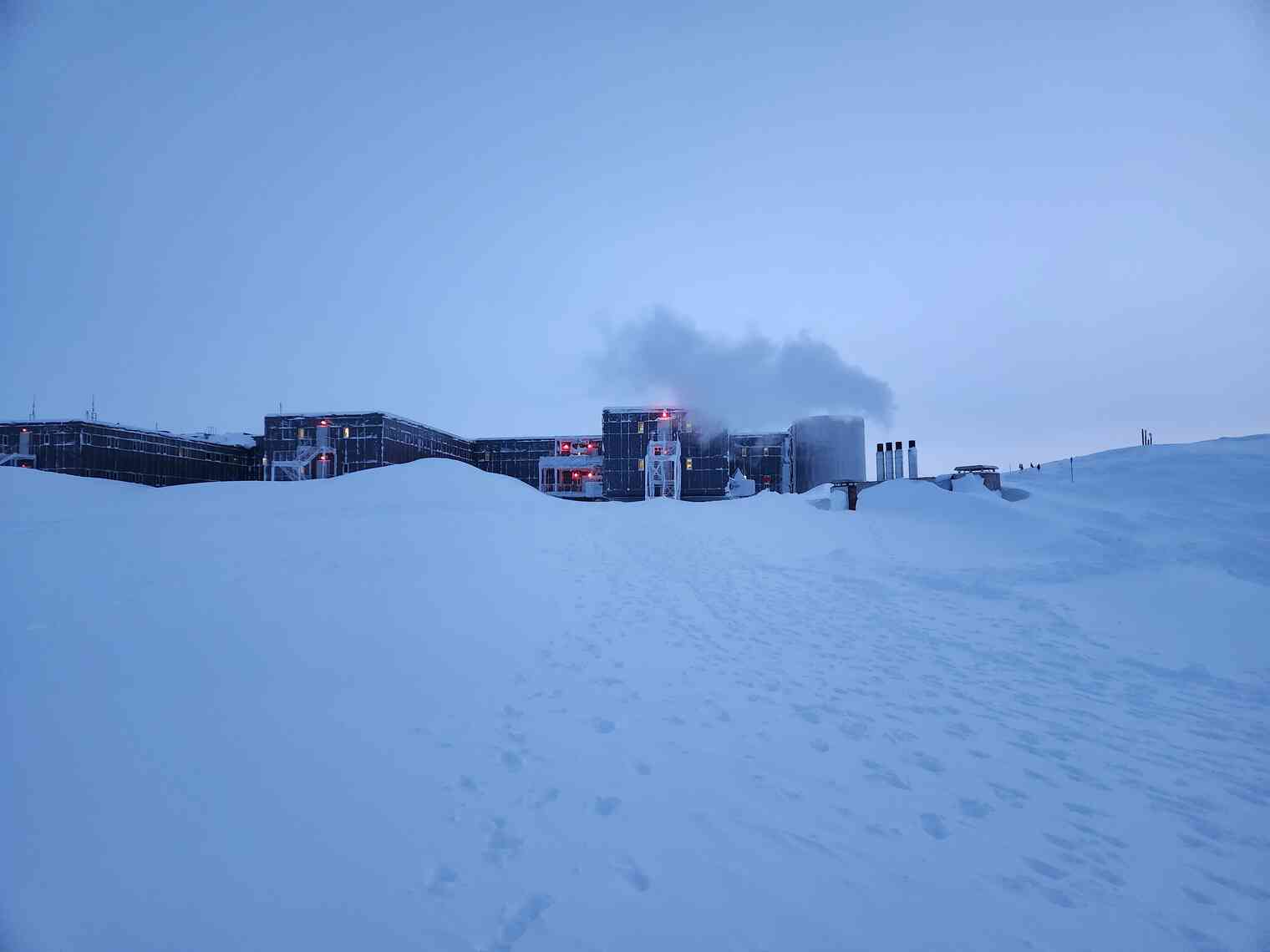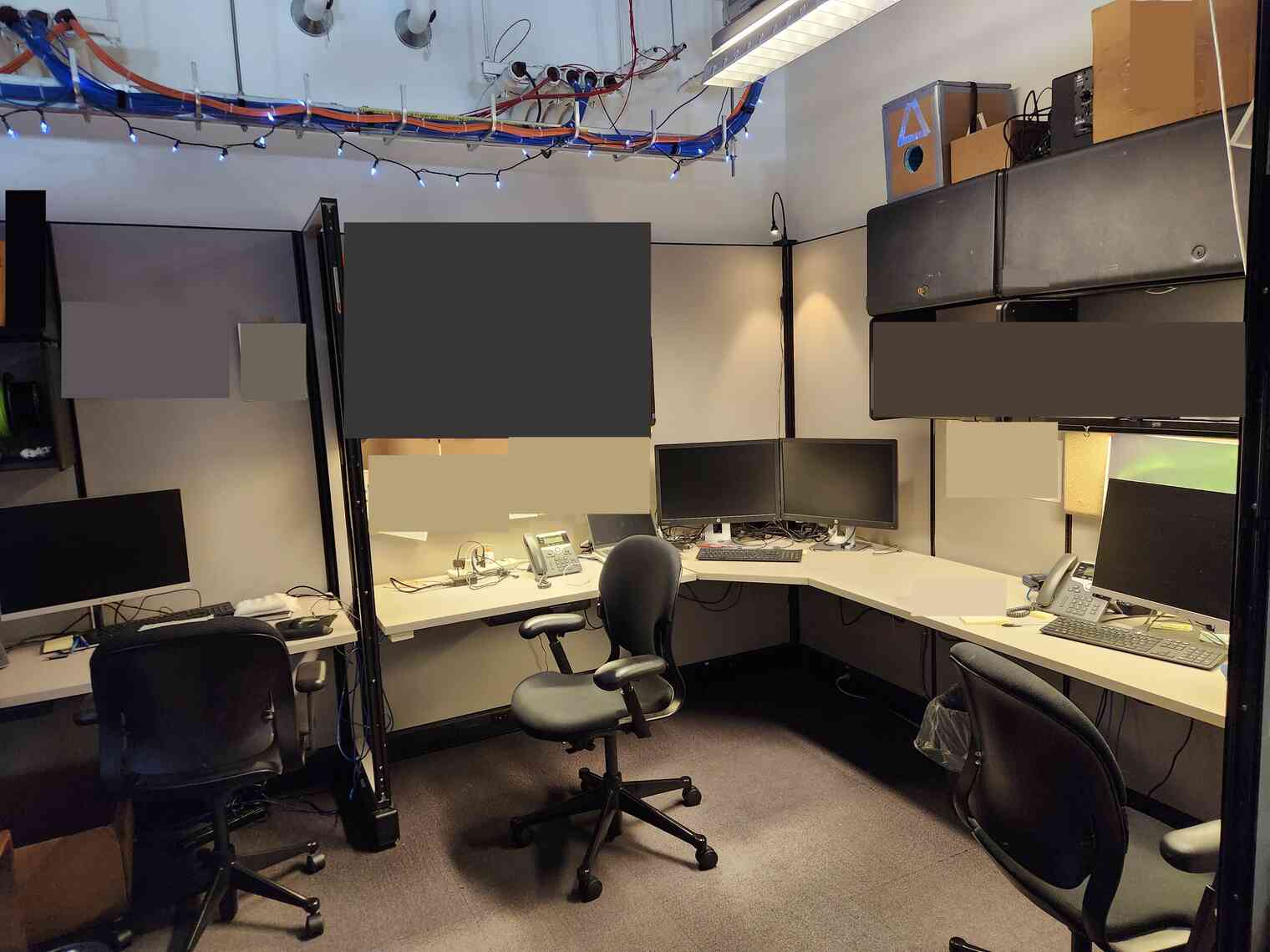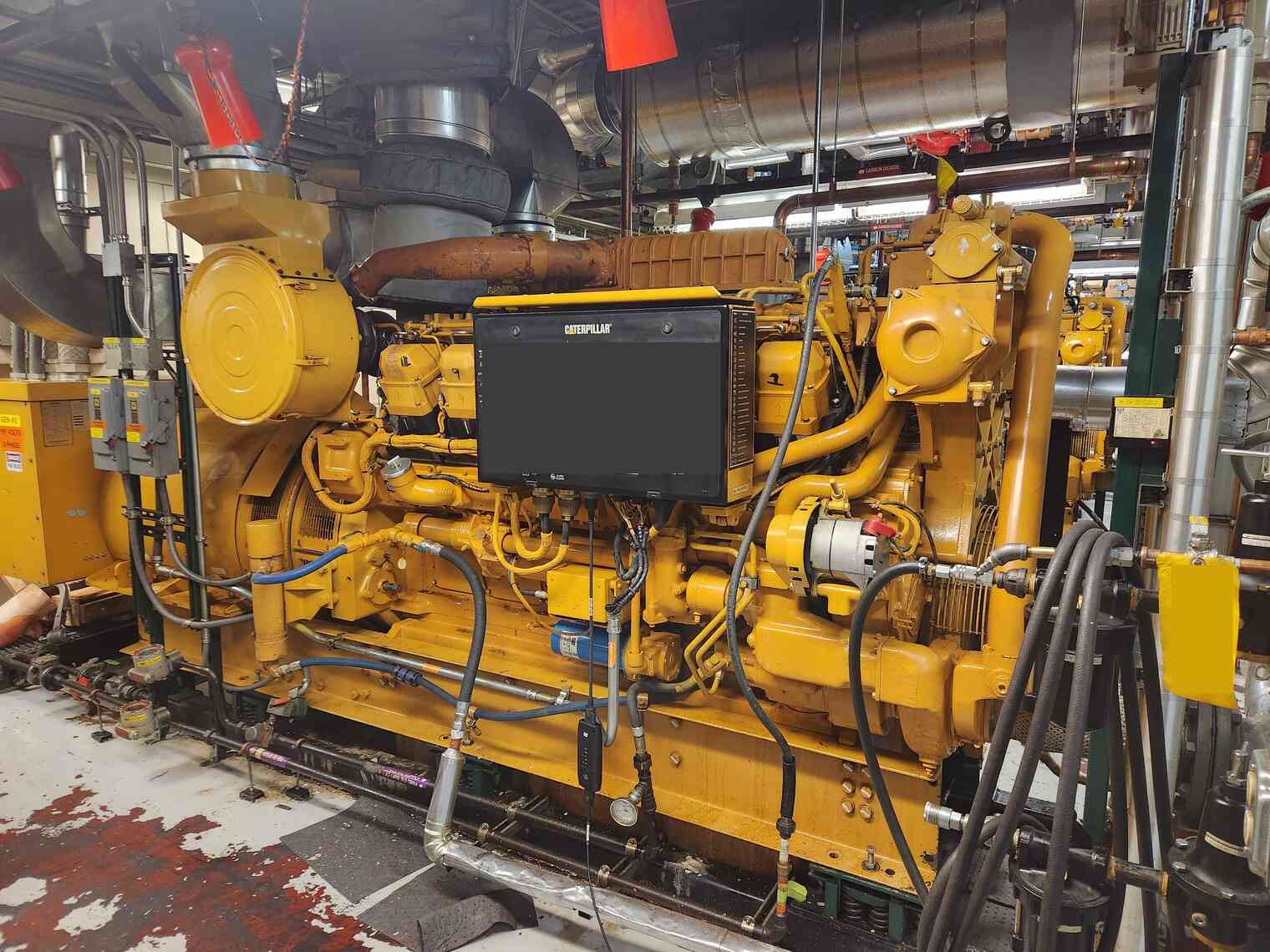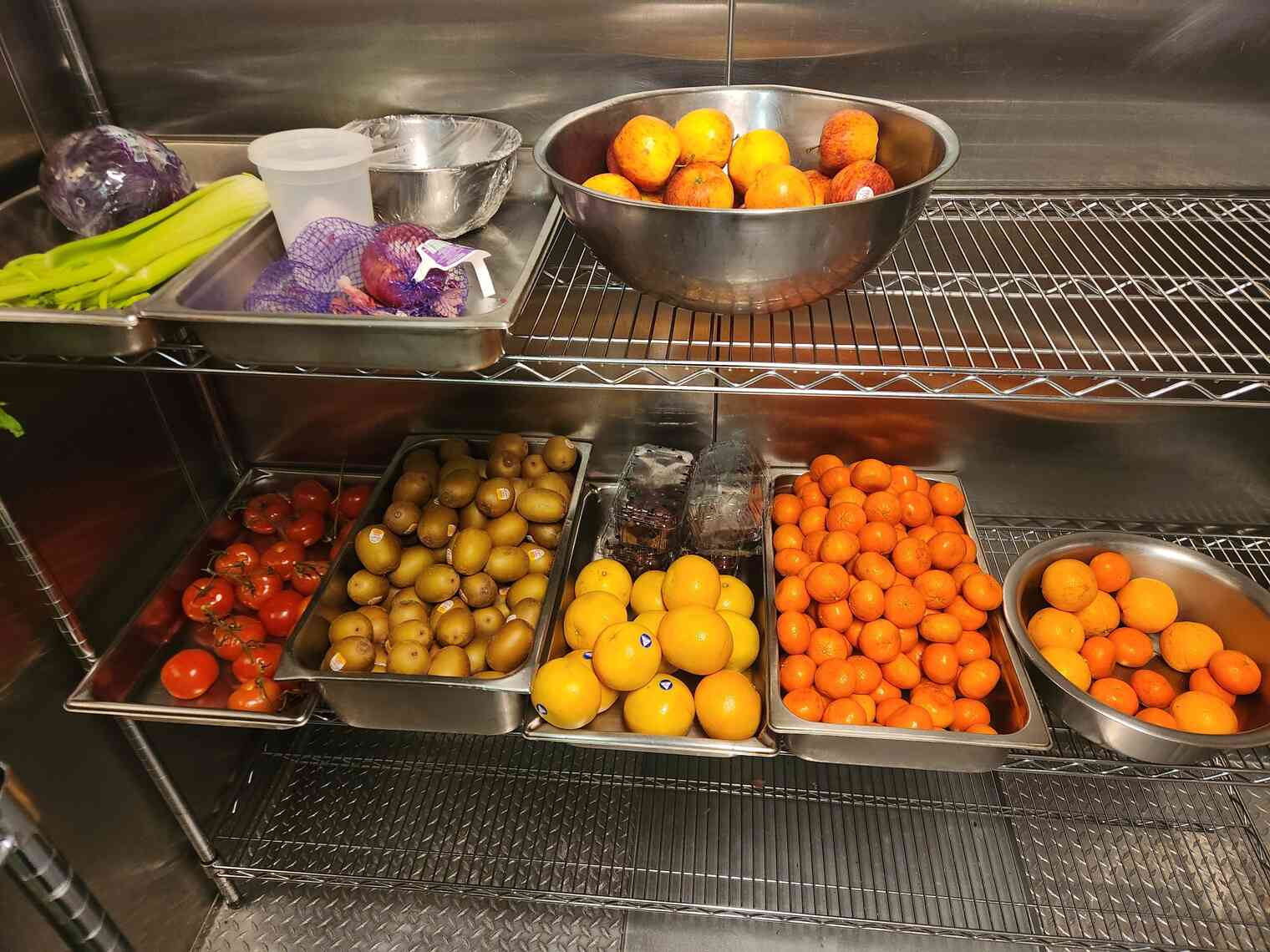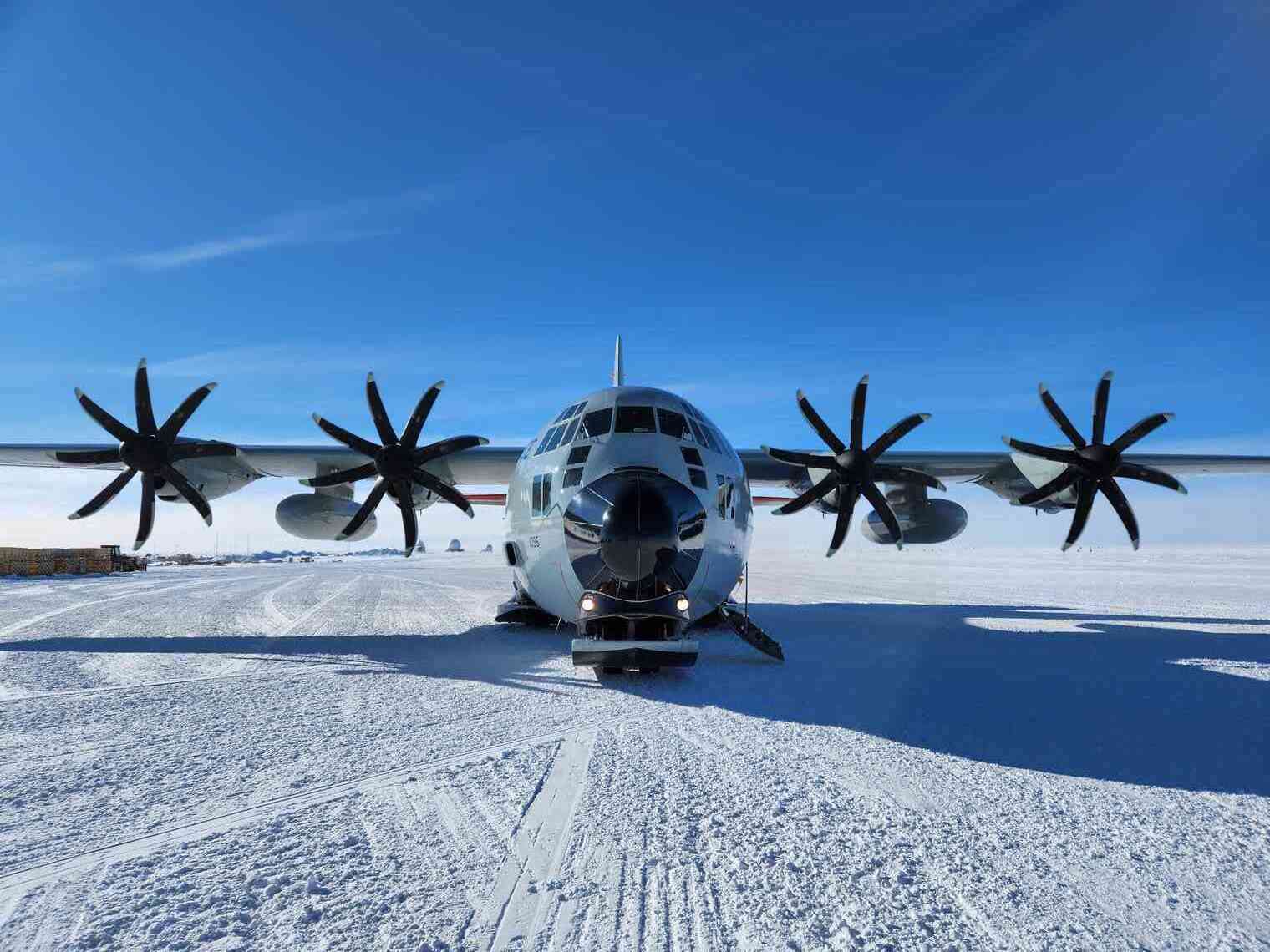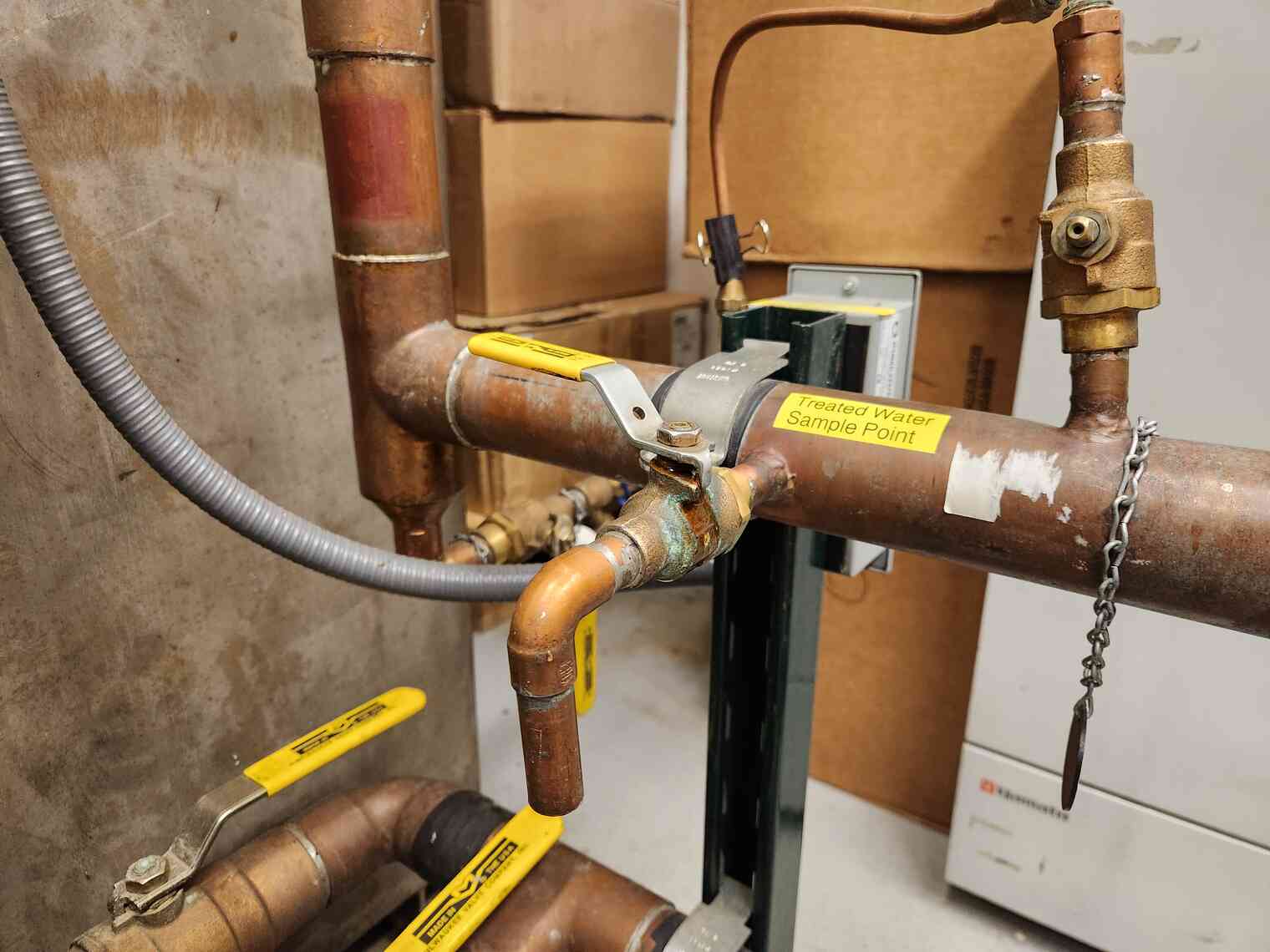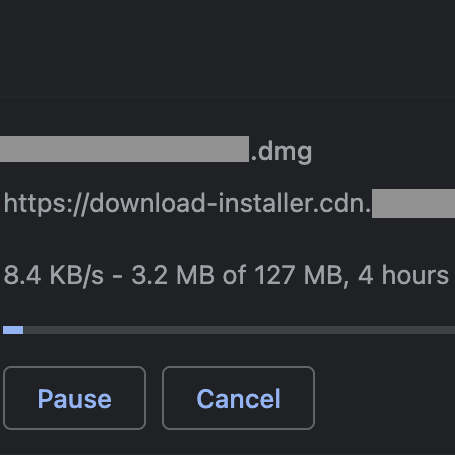This is part one of a multi-part series. Check out part two and part three next!
Hello everyone! Thank you all for your patience, and thank you to everyone who reached out to make sure I was OK.
I’m free! I left Antarctica in mid-November 2023. A bit behind schedule, but well within the typical delays experienced by departing winterover personnel.
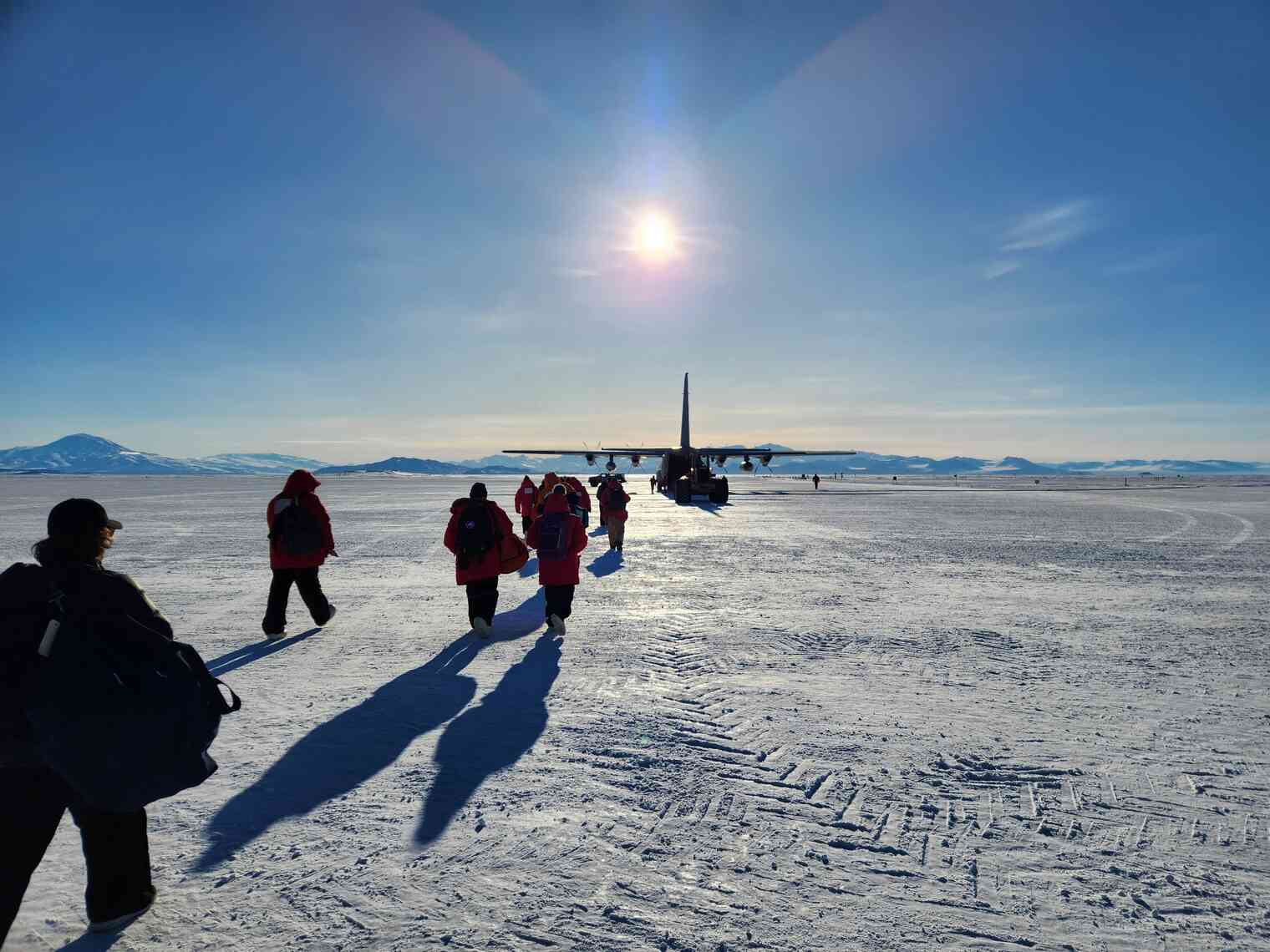
In this series of posts, I will catch you all up on the process for “redeploying”, aka “getting the heck out of Antarctica”. This roughly covers the time period from September 2023 through November 2023.
This series will take me 8,300 miles, from the dark depths of South Pole winter, all the way through sitting on my couch back in San Francisco. Thanks again for your patience, and I hope these next several posts will be worth the wait.
Sitting here now, looking back at 14 months in Antarctica, it all seems so very, very far away. Not just physically, but mentally as well. I’m completely re-integrated back into real life, going about my normal day-to-day activities.
Overview
At one point, shortly after redeploying to Christchurch, I found myself sitting outdoors on a beautiful, warm, sunny afternoon. I was in Arthur’s Pass, New Zealand, and the contrast could not have been more stark from where I was just a few days earlier.
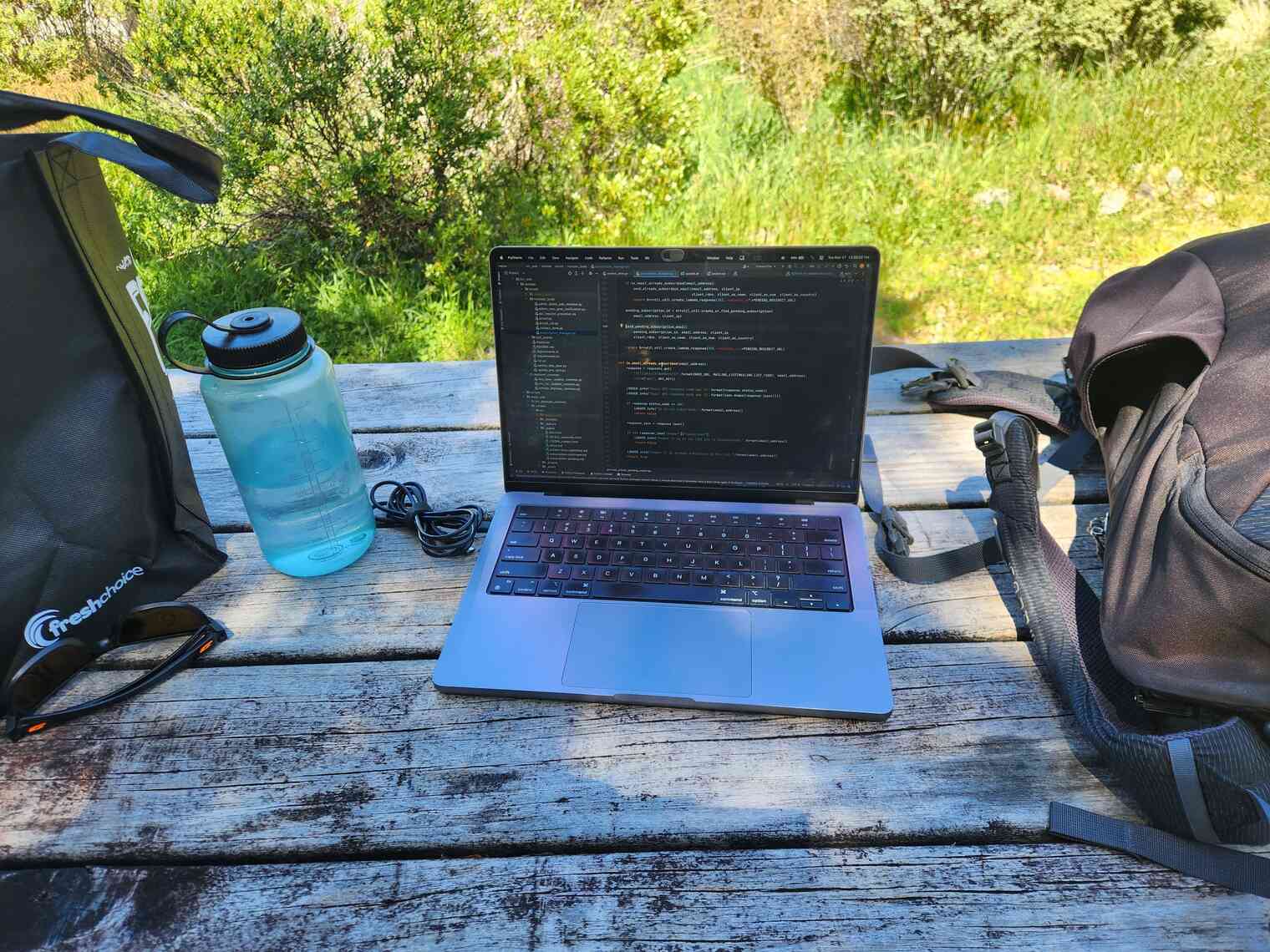
Everything was alive, everything was vibrant. The natural world was vast and full of wonders.
It’s now January 2024, and I’m settled back into my Real Life™. I’m reconnecting with friends and family, re-learning old habits, and, unfortunately, remembering that I have to pay for food once again.
Just two short months ago, I was trudging through the snow in -70°F weather, living in small group isolation at the bottom of the world, and soaking up every precious second of our limited Internet connectivity.
Now I’m strolling around town, wearing a light jacket, shopping for groceries, catching up on medical appointments, and going through 14 months of accumulated postal mail. I’m once again engaging with the world through near-ubiquitous, fast Internet at my fingertips.
So – how did I get here? How does one start off geeking out about South Pole Electrical Infrastructure, in the depths of winter, and end up back home after 16 months away?
Sunrise
The journey began with our slow climb out of Polar Night. Recall that the South Pole experiences six months of 24x7 darkness, and six months of 24x7 daylight. We experience one very long sunset, and one very long sunrise, each year. For a refresher on this, check out my previous post about Sunset at the South Pole.
Faint light appeared on the horizon several weeks prior to sunrise, as expected. It was subtle at first – so subtle in fact that we weren’t sure if we were seeing light from the sun, or light from lingering auroras. But by early September, it was clear that we were approaching sunrise.
Here’s a photo from fellow winterover Jeff Capps (Instagram) that captures the emerging sun against the snow:
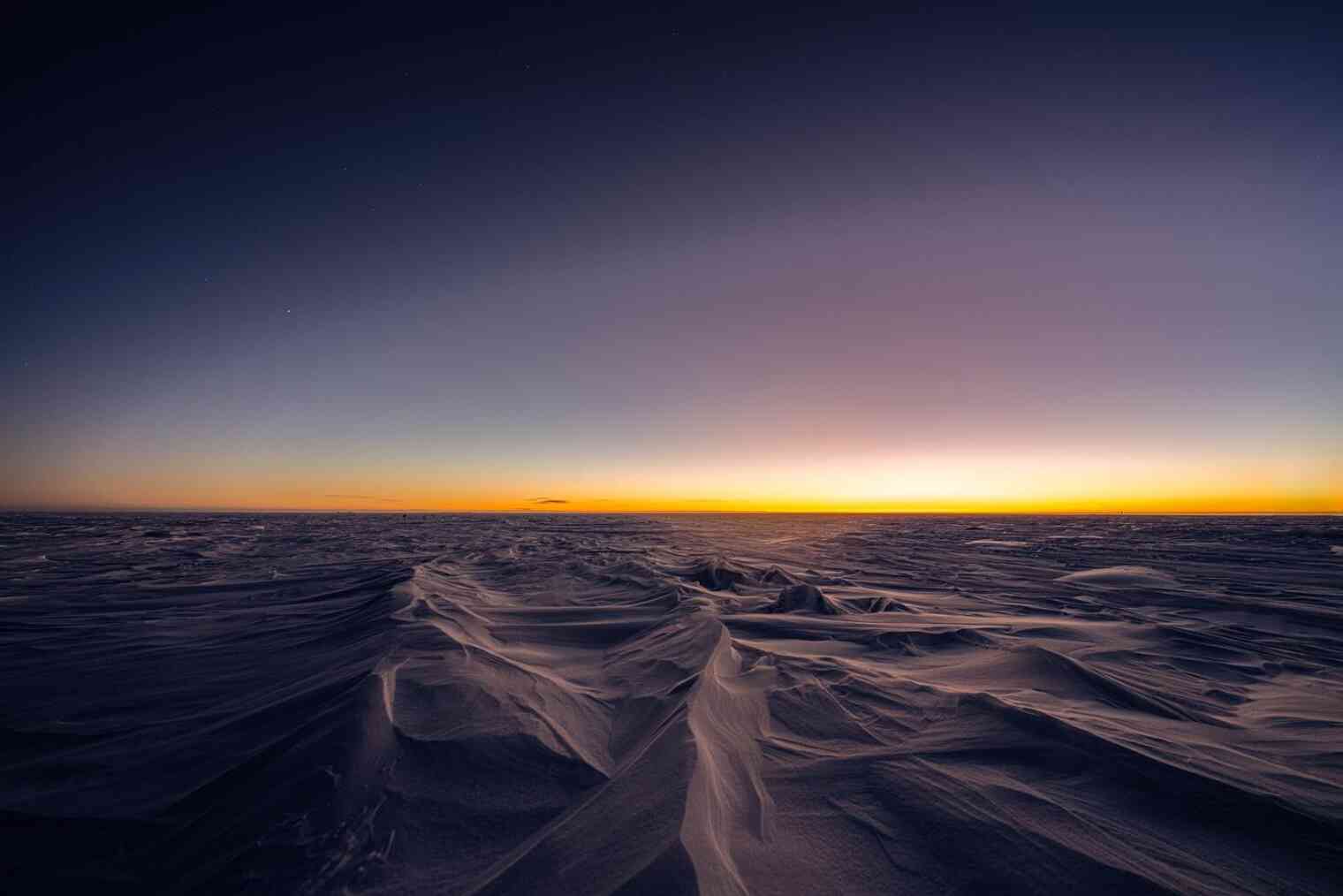
Lest you be fooled into thinking we had a clear view as the sunrise progressed – the weather was especially temperamental this year. Most days in September were overcast, which meant fewer beautiful sunrise photos and more… gray.
We were vaguely aware of where the sun was in the sky, as its perfect counter-clockwise circles got closer and closer to the horizon. However, we mostly observed a steady increase in overall diffuse light, filtered through clouds and haze.
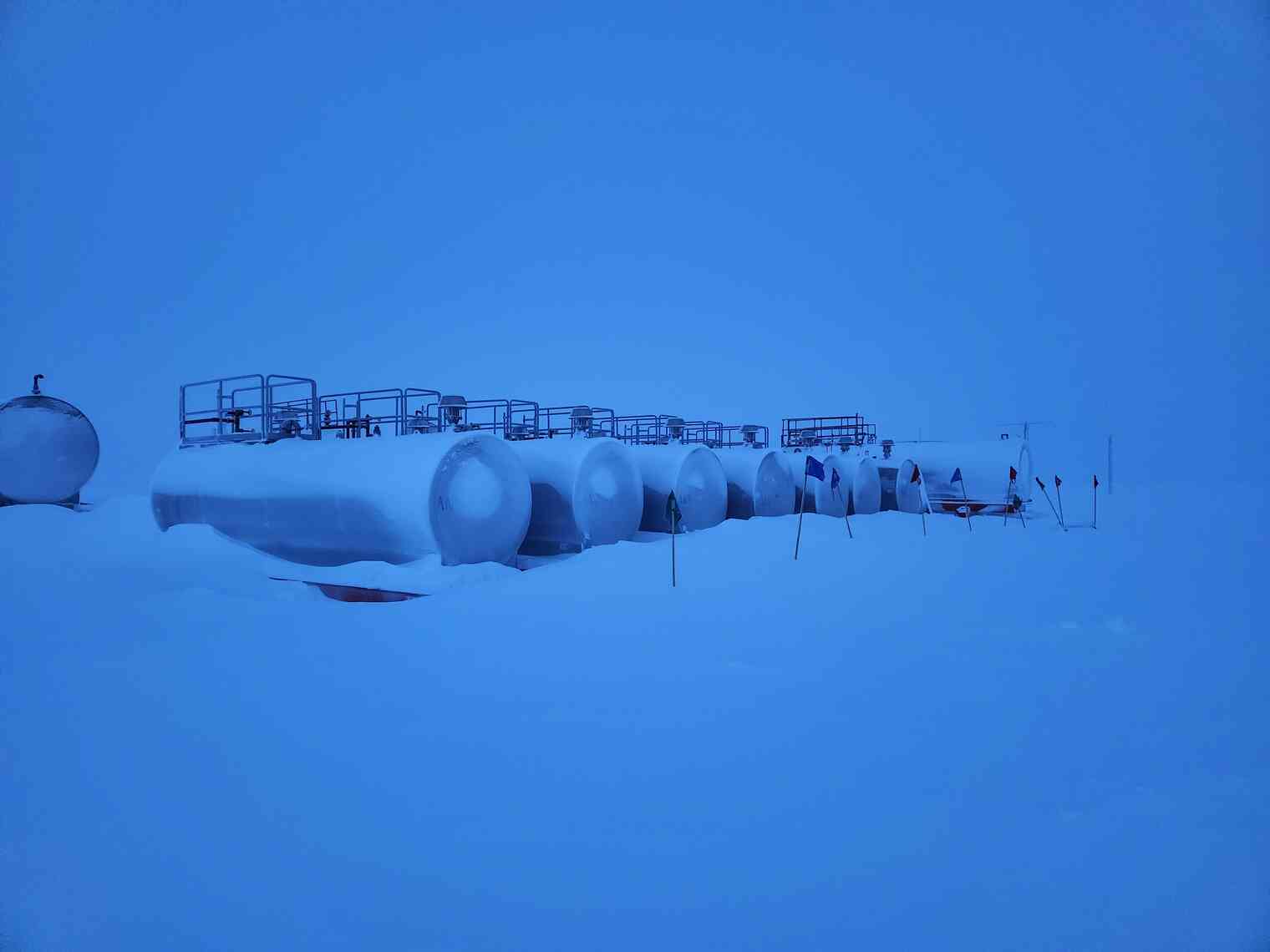
With the increasing light from the sun, our dark-sky science projects were switched off for the summer.
This meant we could finally uncover our windows! Recall from Polar Night that we took great care to avoid any stray light pollution outside during the night. This ensured that we could collect scientific data that depended on the absence of visible light.
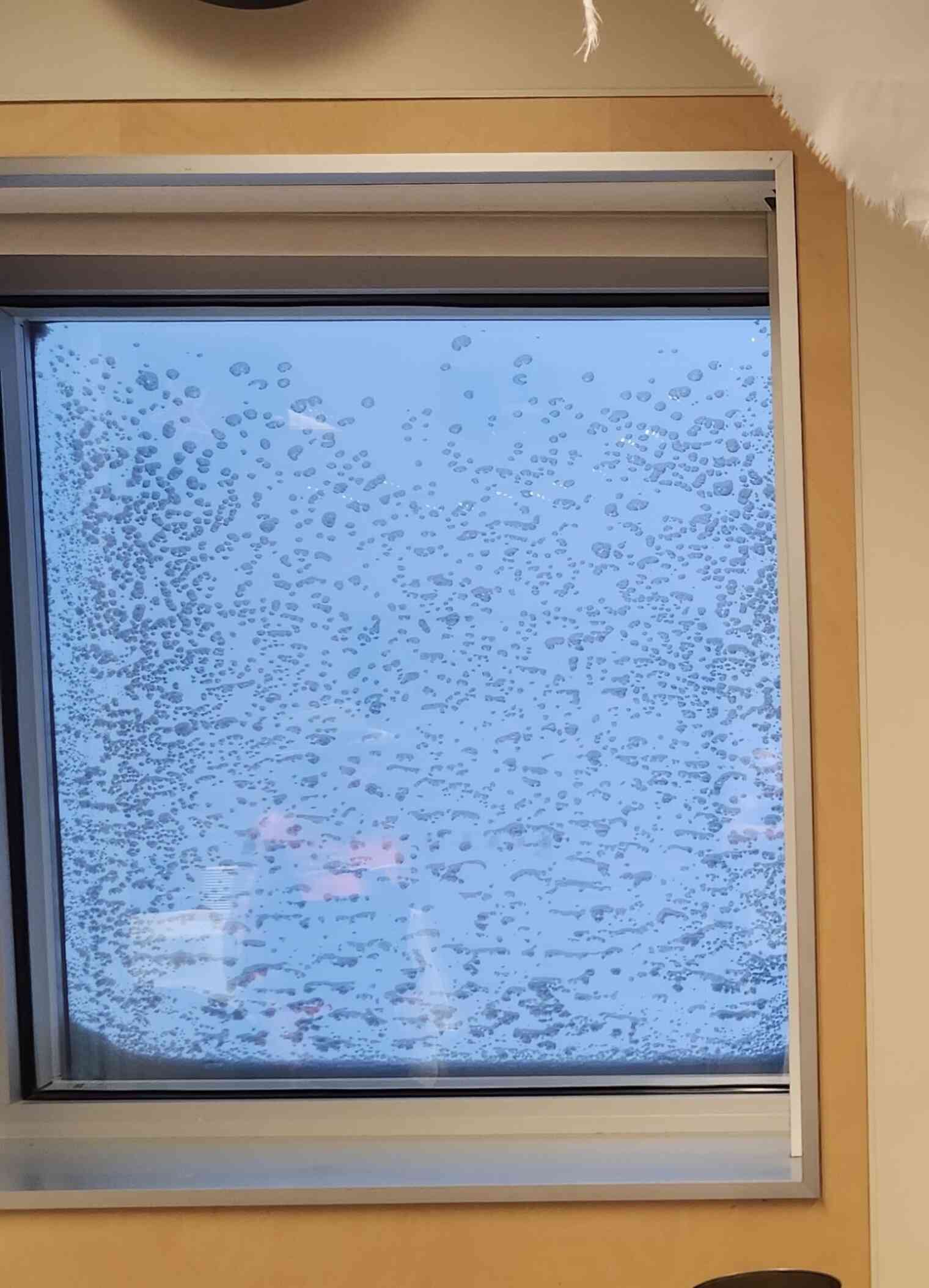
Sunrise itself was a subdued affair. Technically, it occurred right on schedule (September 21, 2023 at 3:39pm New Zealand Time), but we were enveloped by cloud cover. It’s so gradual anyway, occurring over the course of several days, that we wouldn’t have noticed the exact event even if we did have a clear view.
Fortunately the clouds cleared up later, and we got our first real glimpse of the sun around September 26, 2023:
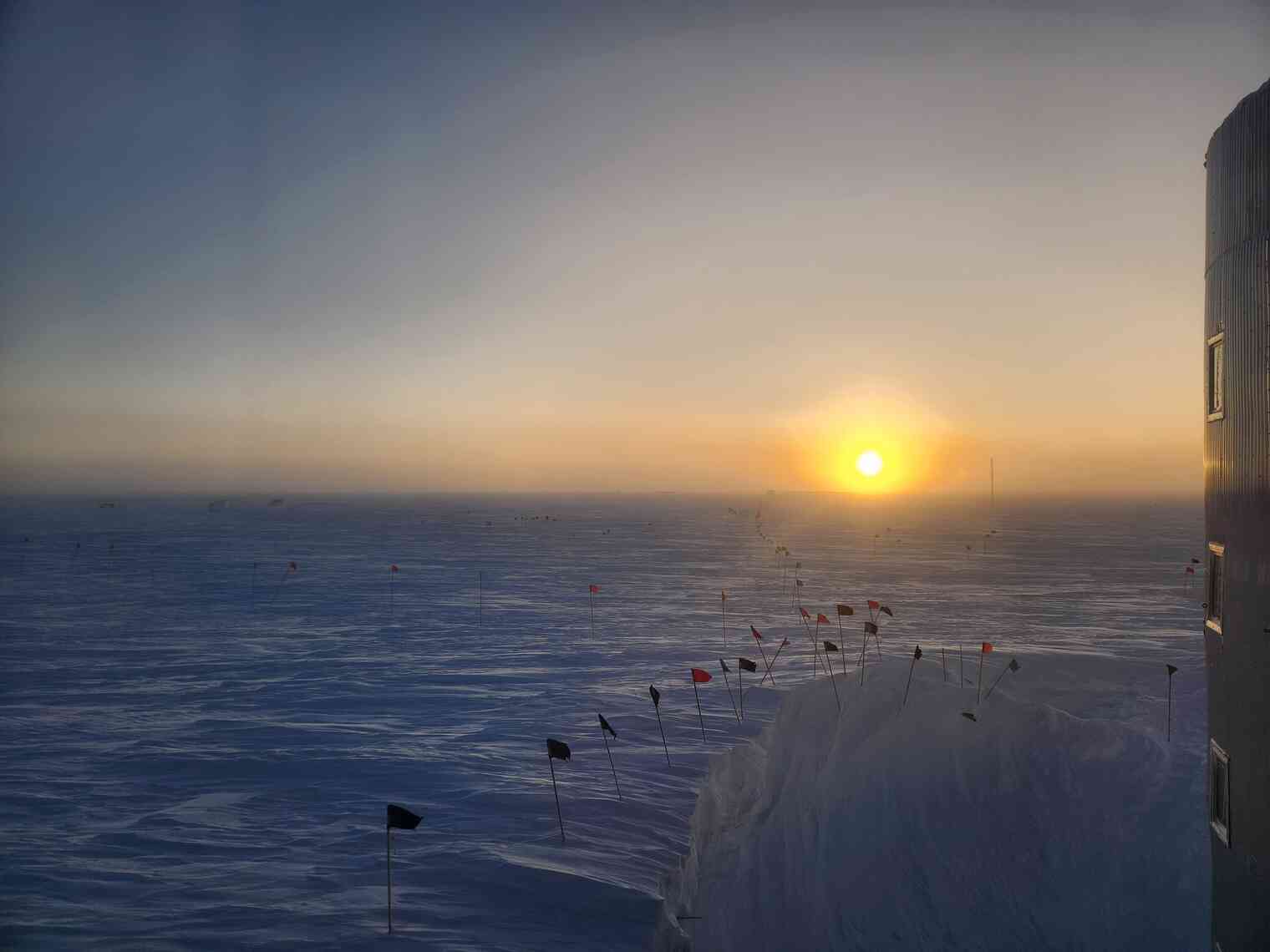
The sun continued to rise, and daylight gradually returned to the South Pole. By early October, we were treated to a beautiful glow reflecting off our buildings, as the sun continued its rotation and its slow ascent into the sky. Just like during Sunset, you could witness a sunrise from whatever direction you wanted, just by going outside at different times of day.
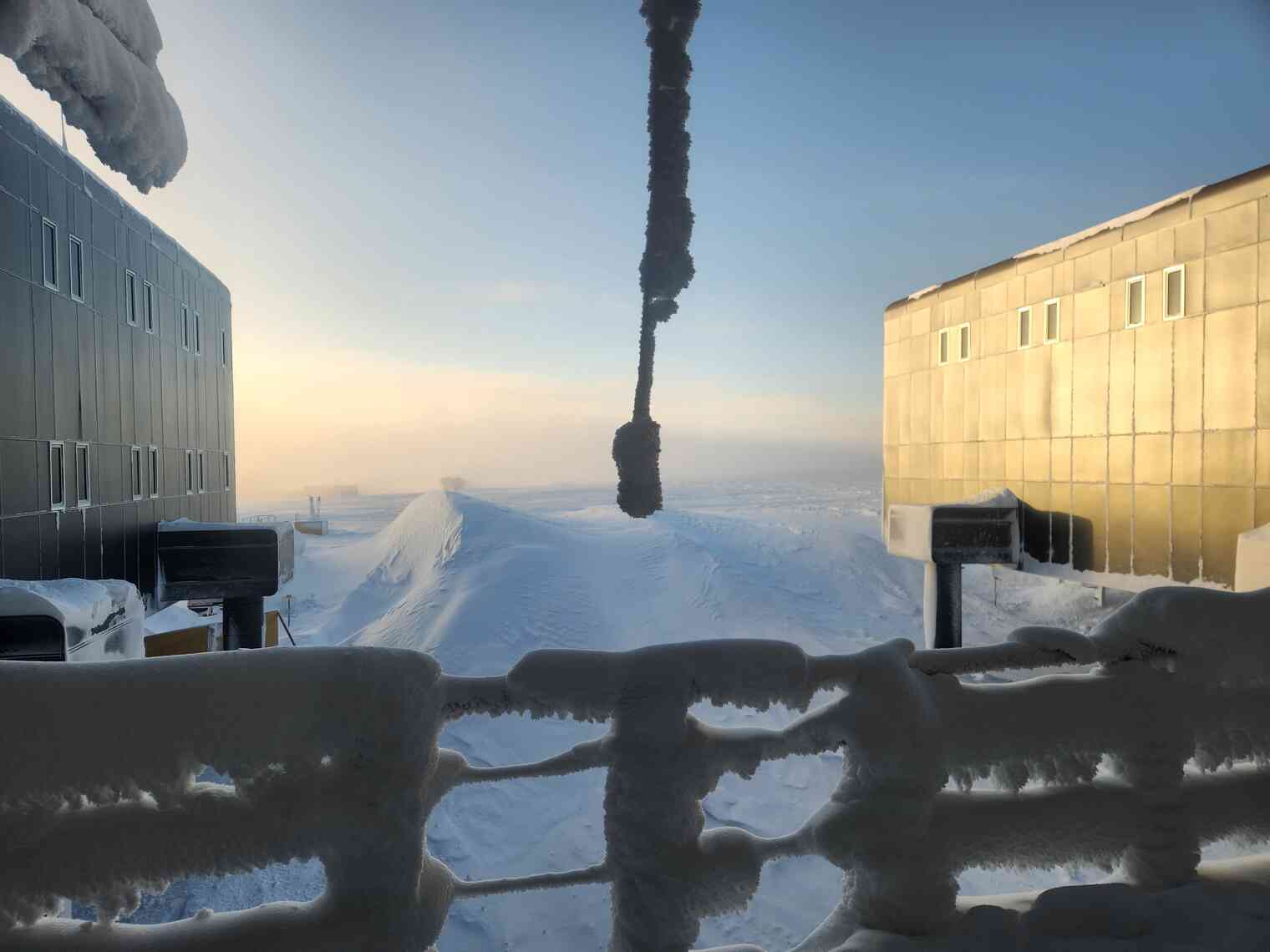
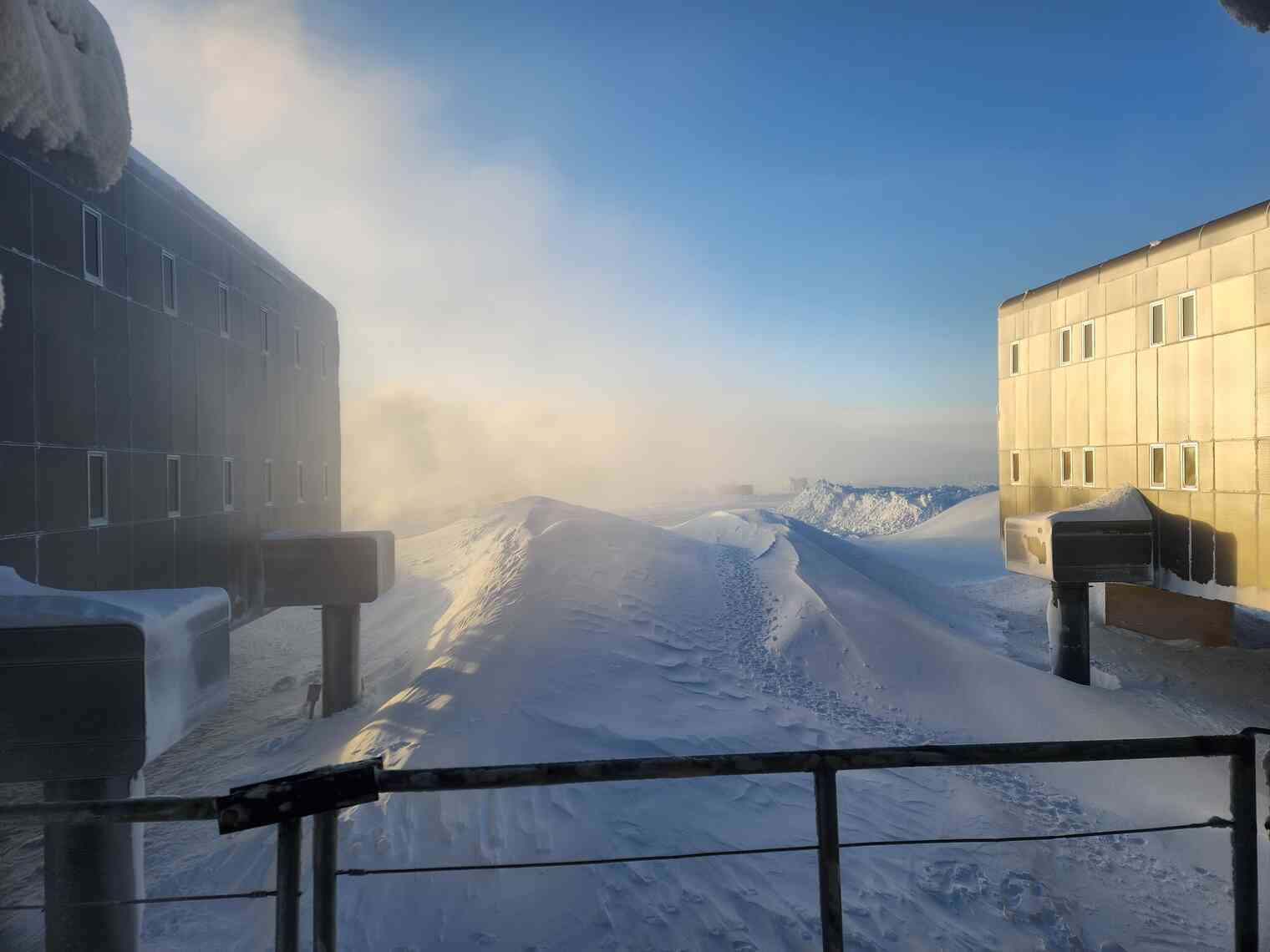
Station Prep
As the sun rose, and as we approached the late-October arrival of our first flight, we began preparing the station for “summer mode”.
As I mentioned in Last Flight Out, Summer and Winter in Antarctica are vastly different. Winter is… quiet. The crew size is smaller. Things are more casual, more laid back. We’re a fixed, stable population, isolated together for 8.5 months.
It begins to feel less like a place of employment, and more like a large co-living / shared housing community. Of course, it’s still a federal government property, and subject to the compliance and work obligations that come along with this. However, given the reduced population, isolation, and change in pace, it does begin to feel familiar and comfortable.
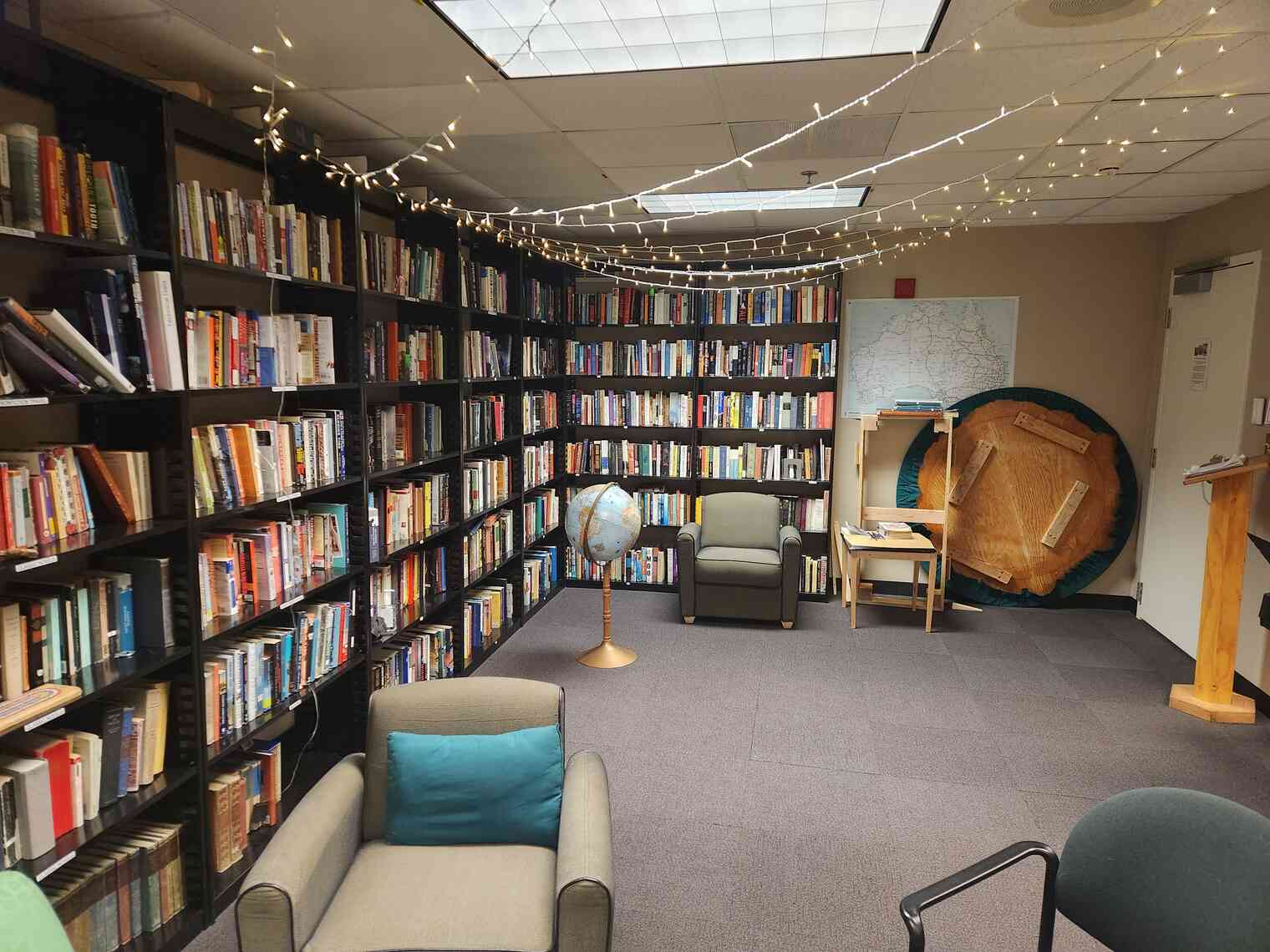
During the winter, many departments, IT included, are subject to a more casual daily task schedule. Our goal over the winter is to stay on top of day-to-day upkeep, to execute on long-running projects, to respond to incidents, and to tackle any larger maintenance items that can’t be done when the station is “full” over the summer.
It’s important to have expertise on site, in case of any issues with the facilities, systems, or science. This is true even if we aren’t always using this expertise on a day-to-day basis. The majority of the winter, I absolutely did not operate at the cutting edge of my IT experience. The workload simply did not require it. But – there were a few times I did, and it was a good thing someone with that experience was readily available.
By contrast, Summer is a short, frantic, hectic, and crowded season. The sun is up, we can fly people and equipment in and out, and it’s warm enough to do outdoor work that isn’t feasible during winter. The population at Pole grows dramatically: from ~40-50 during the winter, up to ~150 or more during the summer.
During the roughly 3.5-month summer (early November through mid-February), we’re flying down supplies, doing major projects and construction, training the next batch of winterover staff, and taking advantage of being “connected”, for a few short months, to the outside world.
Flights come and go several times a week. Experts / specialists come down. All the “fulltimers” (staff who work on the Antarctic program year-round) come onsite. The admin offices fill up. Comms is once again staffed with dedicated personnel.
All of this means that we have less “wiggle room” for anything off-script or inefficient. The station switches into an operating mode that maximizes occupancy, personnel throughput, and regimented productivity. Every day counts – we have just a few short months before winter isolation begins all over again.
Take the galley for example. Over the winter, it’s a chill, relaxing place to hang out, relax, read, socialize, drink, perhaps catch a nap, and enjoy a meal at the bottom of the world:
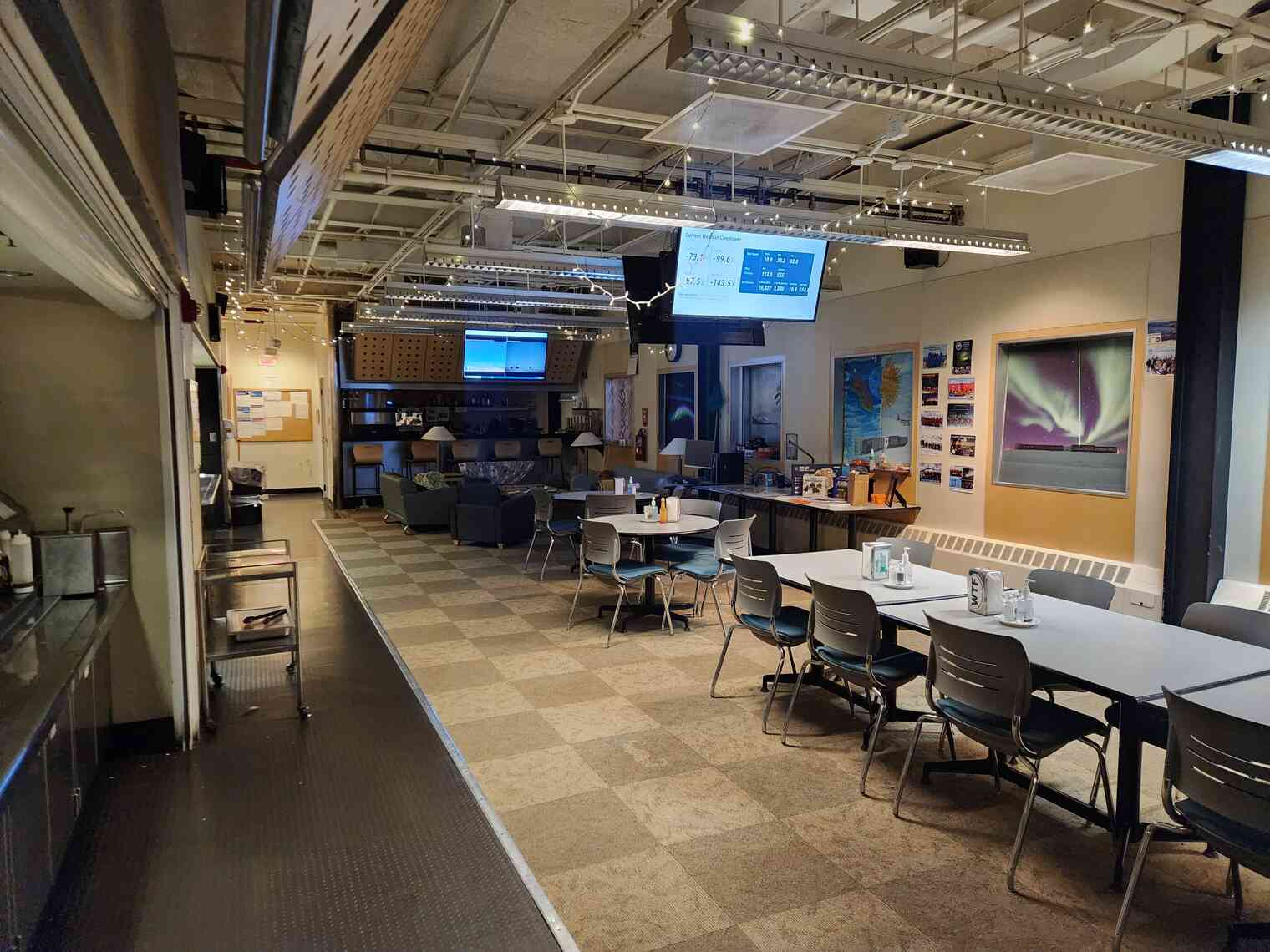
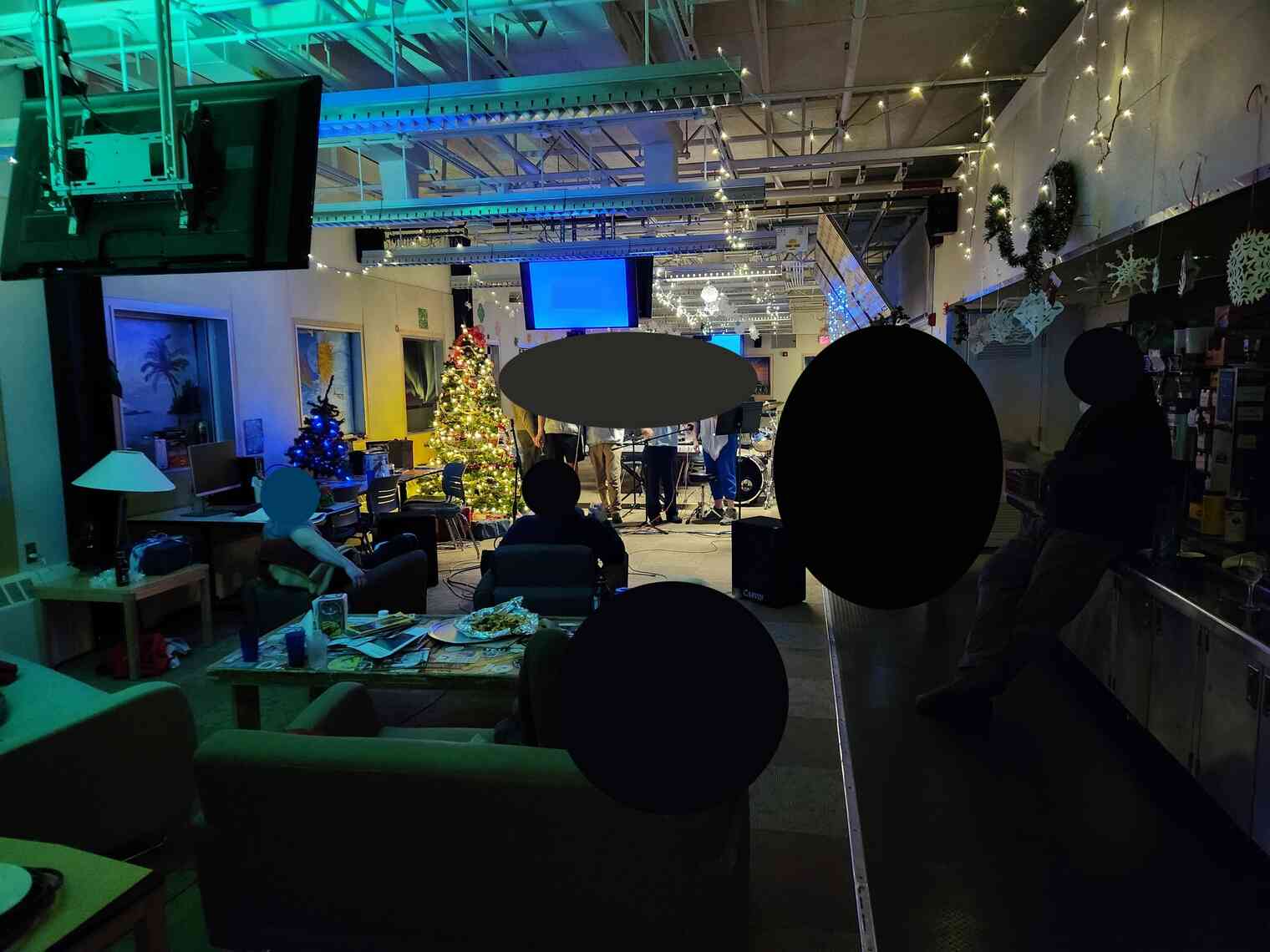
Contrast that with the same galley, optimized for summer. The goal in summer is to cram in as many seats as possible. There are 150+ people using this space. There are lines. Dishes run low. The creature comforts are gone, and it looks more like an anonymous, institutional cafeteria.
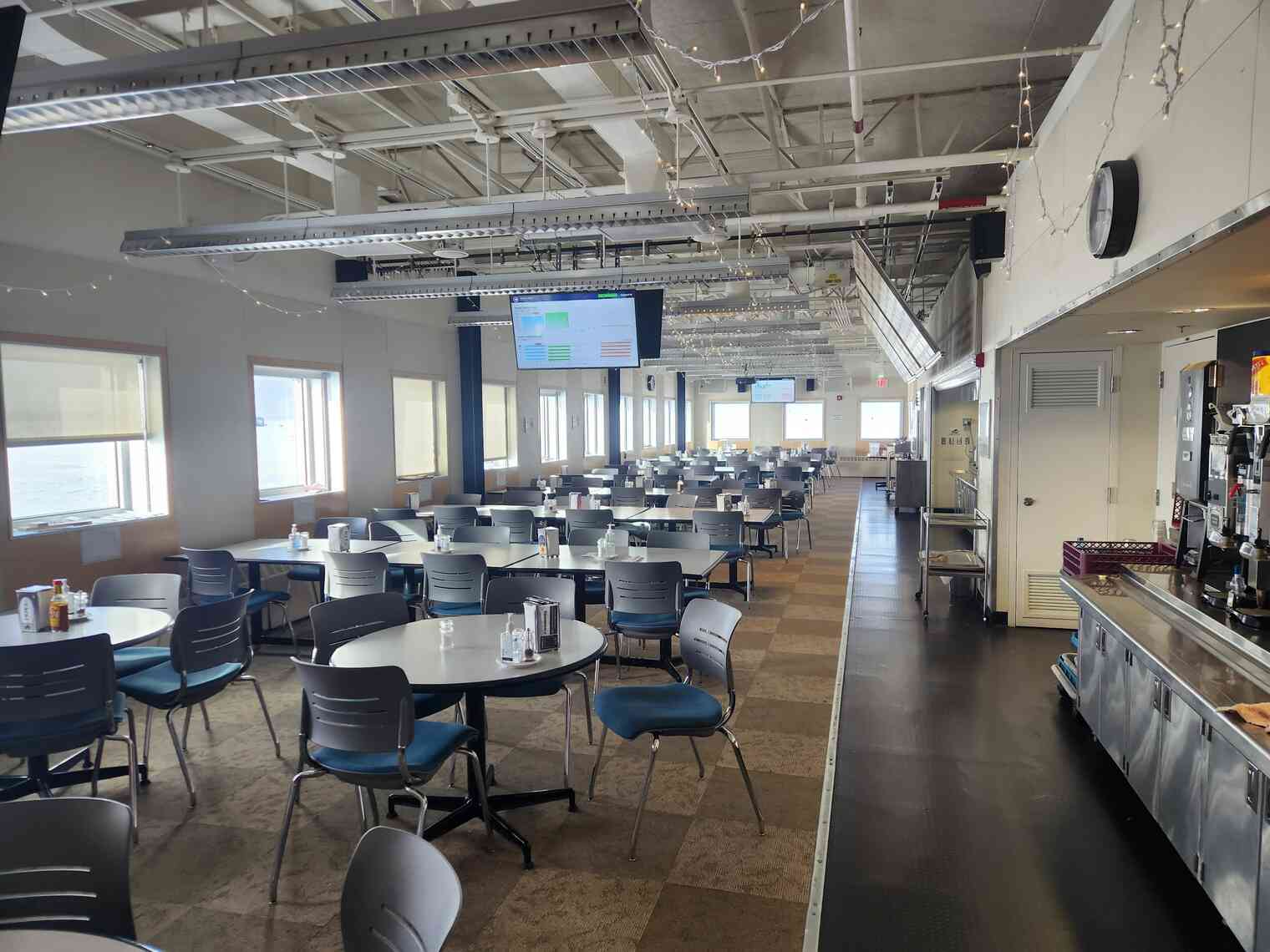
To prepare for summer, the winterovers conduct a thorough deep cleaning, known around station as “Mighty Mouse”. This is a reference to our standard weekly “House Mouse” chores – cleaning the bathrooms, mopping, etc.
During Mighty Mouse, we clean things more thoroughly. It’s a once-per-year endeavor where we get into all the nooks and crannies of the station, we organize the Piles™ of random items that accumulate in corners, and we reset any winter changes (authorized or otherwise) back to the summer standard configuration.
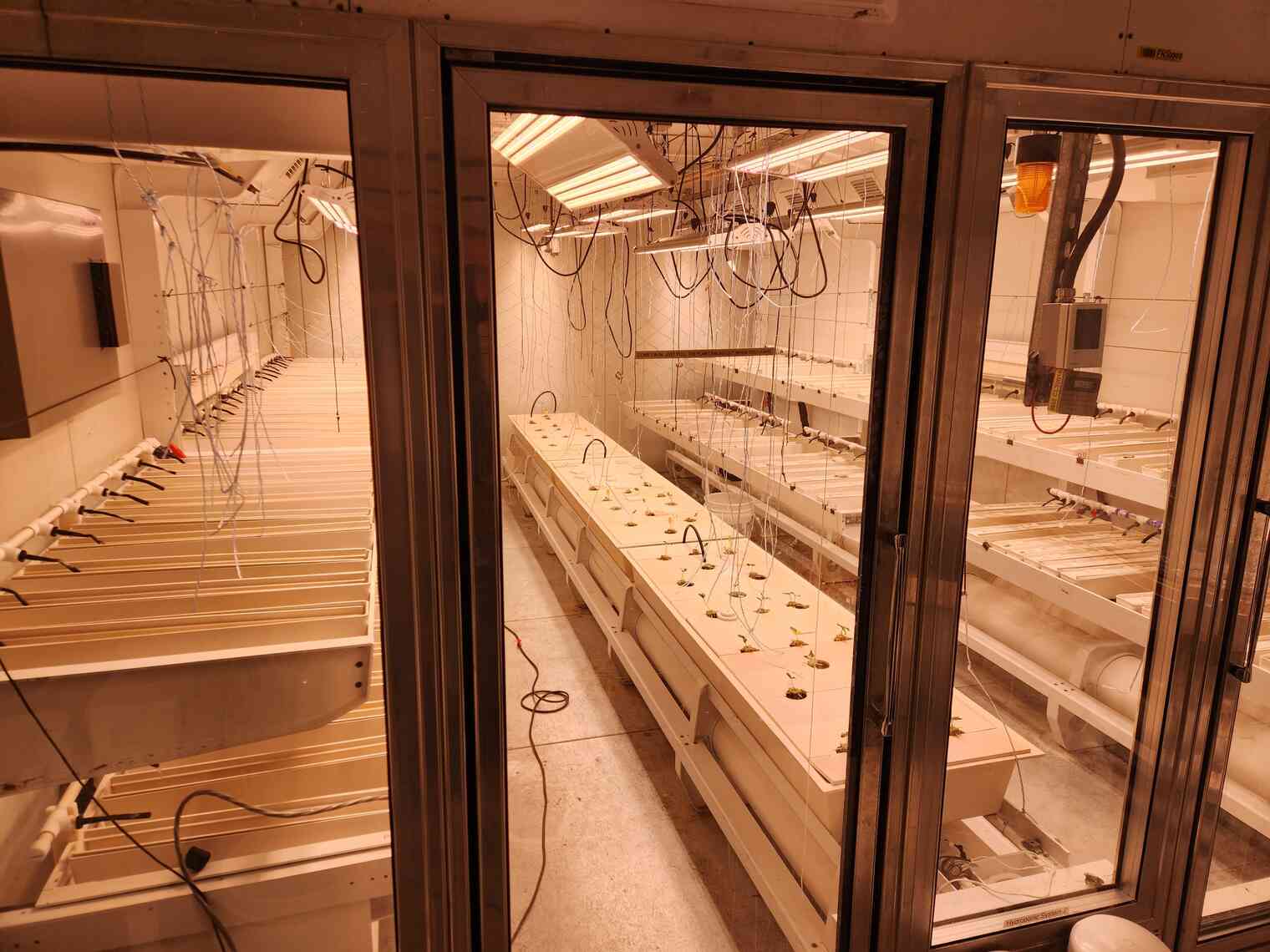
Also toward the end of winter, we begin the herculean task of preparing the skiway to receive flights. The skiway is 12,000 feet long! It accumulates snowdrifts over the winter. It’s a multi-day effort to smooth it all down so that ski-equipped planes can safely land. This is a job for our heavy equipment operator and other trained staff.
In addition to leveling the skiway, we have to reinstall all the flags! The skiway is marked by flags, along the sides, and at either end. These are arranged in an approved pattern that is understood by the flight crews. We take down the flags over the winter to protect them from damage. Before flights resume, we have to drive up and down the entire skiway and re-install them all! This is also a multi-day (and cold!!) endeavor for a group of hardy volunteers.
This photo is courtesy of Manwei Chan (Instagram):
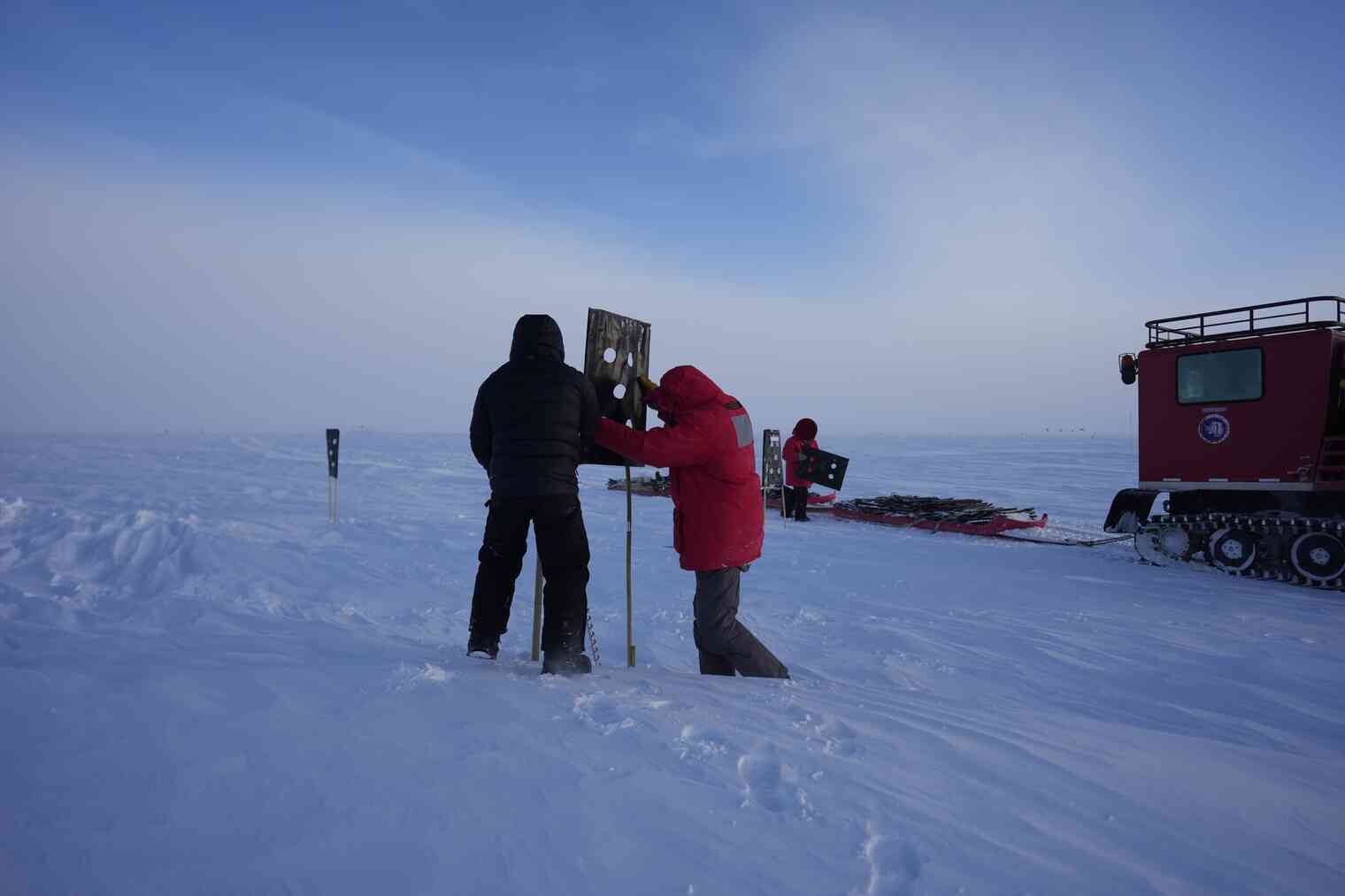
For departing winterovers, the summer changes meant it was time to start thinking about the logistics of getting us, and our stuff, home safely. Obviously the program will get you out of Antarctica. They will also get you home, to your “Airport of Departure” (AOD), the nearest major airport to your home address.
The program allows you to take personal travel once you get off ice, prior to returning home. This means that you can defer your flight home from Christchurch to your airport of departure, and instead take some time to explore. The program won’t pay for any of this, but they will pay for your return flight from Christchurch on a date of your choosing.
Many winterovers, myself included, had no interest in hauling around huge suitcases full of gear. The items you need for leisure travel around New Zealand are much different than the items you need to live for a year at the South Pole.
To avoid the hassle of dealing with a huge suitcase, many of us simply mailed our suitcases home. Recall from McMurdo Postal Mail that there are USPS services available in Antarctica! I discussed the McMurdo setup at length in that post. Pole is similar, just smaller and less formal (this can be said about a lot of things at Pole vs. McMurdo).
Here’s my largest suitcase, prepped and ready to mail home. It cost $80.49 to ship this 41-pound suitcase from the South Pole to the San Francisco Bay Area.
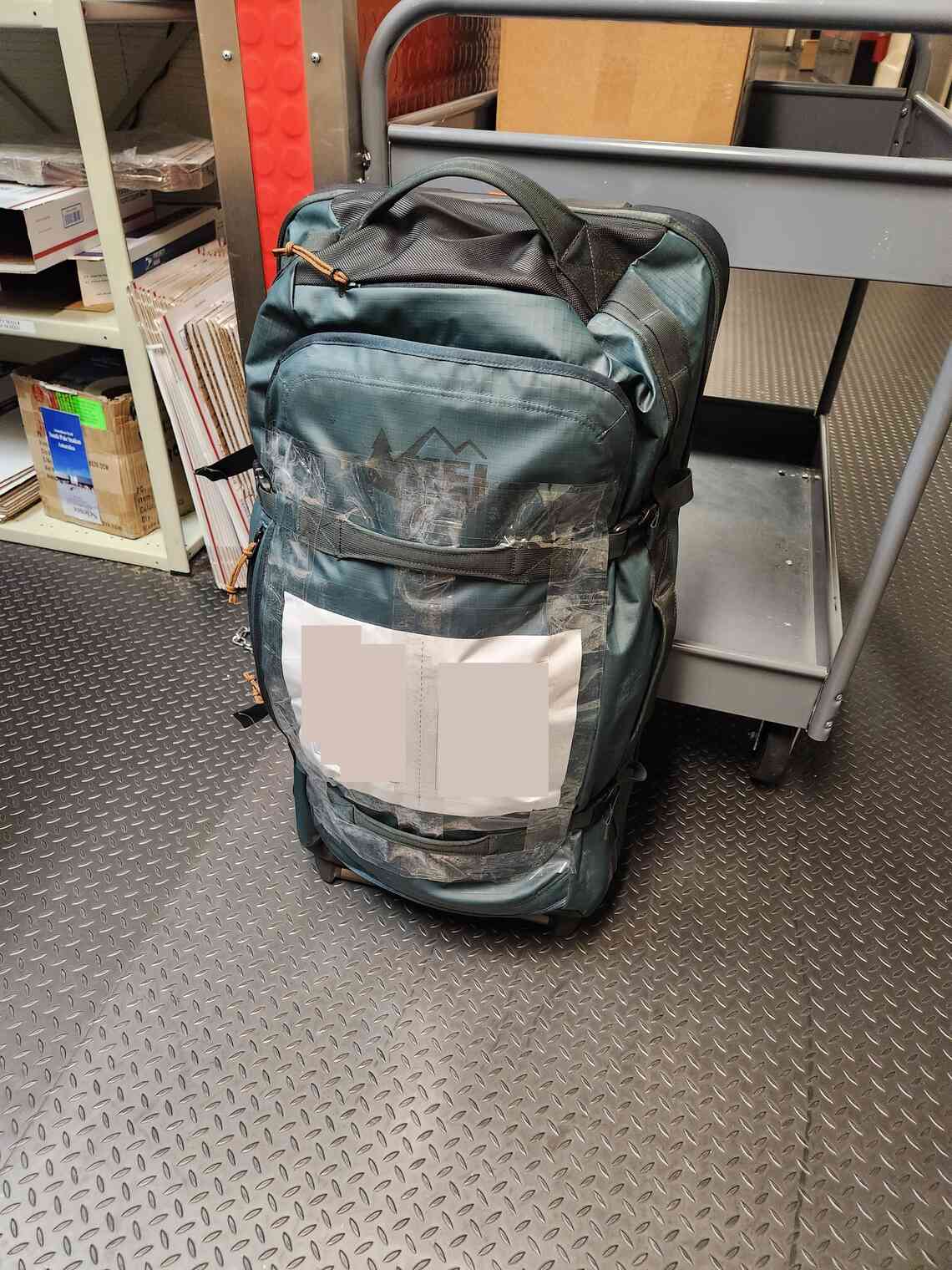
And of course – tracking it on its journey North. Fun fact: when I flew out of Pole on November 16, I was on the same flight as my suitcase! It had been combined with the rest of our outgoing winter mail, palletized, and loaded onto the flight, to begin its long journey back to the United States.
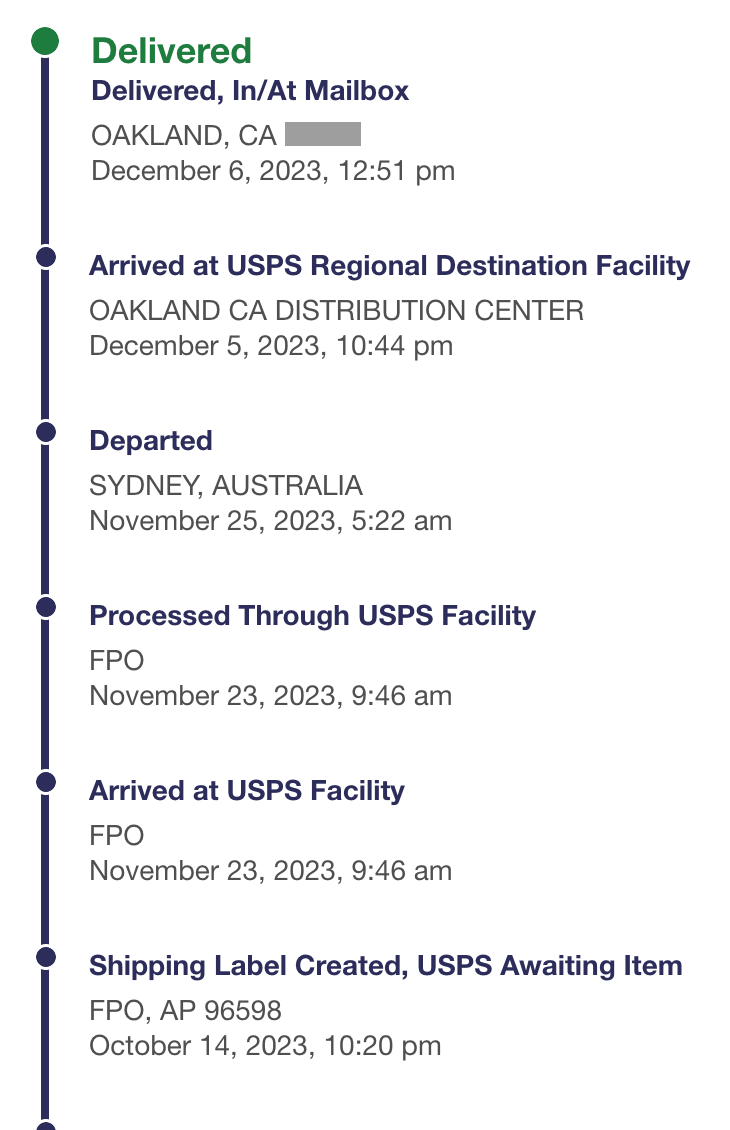
With the station reconfigured for summer mode, and the skiway prepped for flights, it was time to welcome new faces to Pole for the first time in 8.5 months!
This is part one of a multi-part series. Check out part two and part three next!
